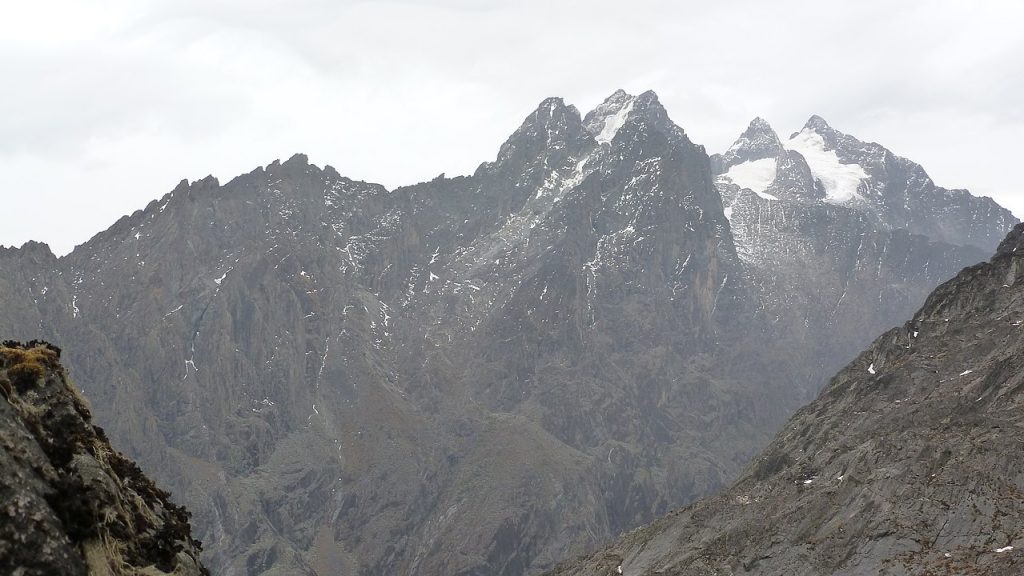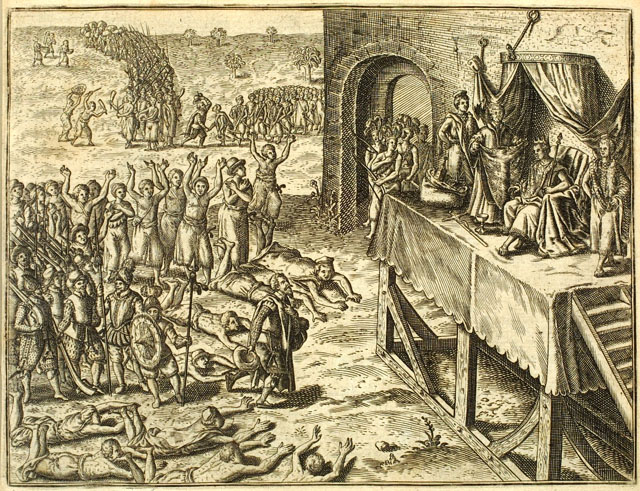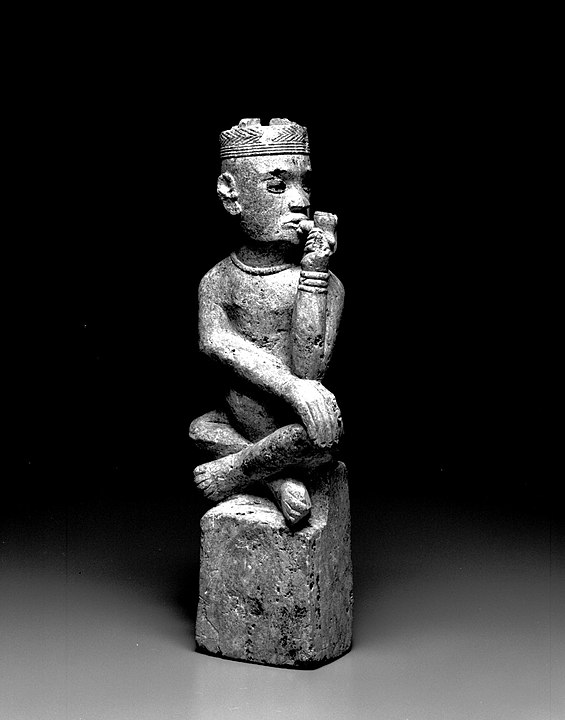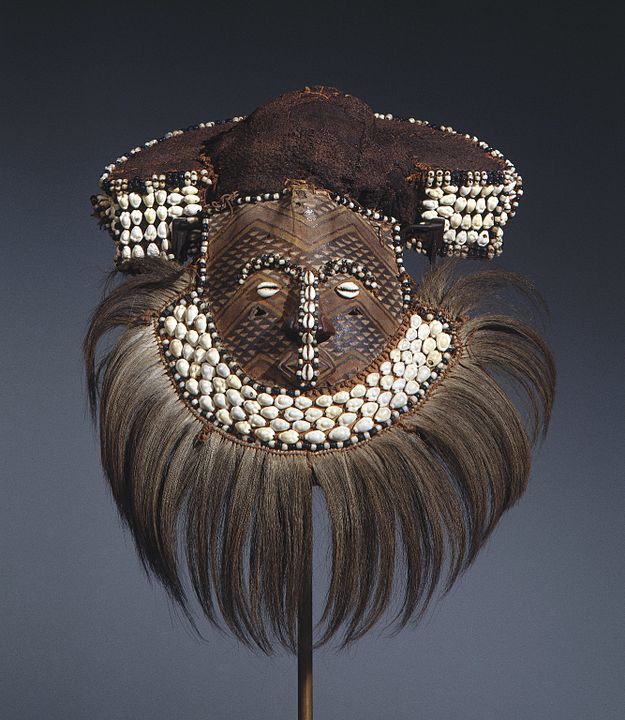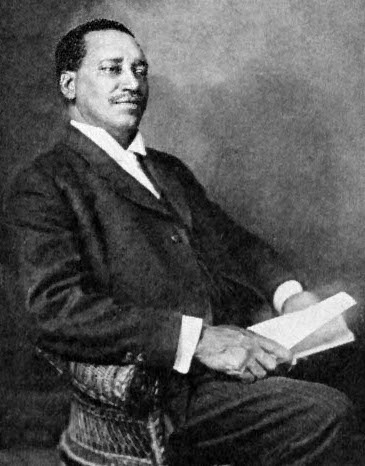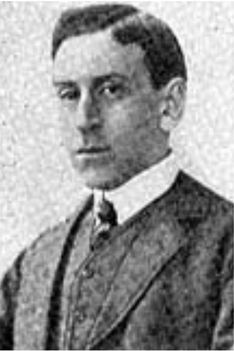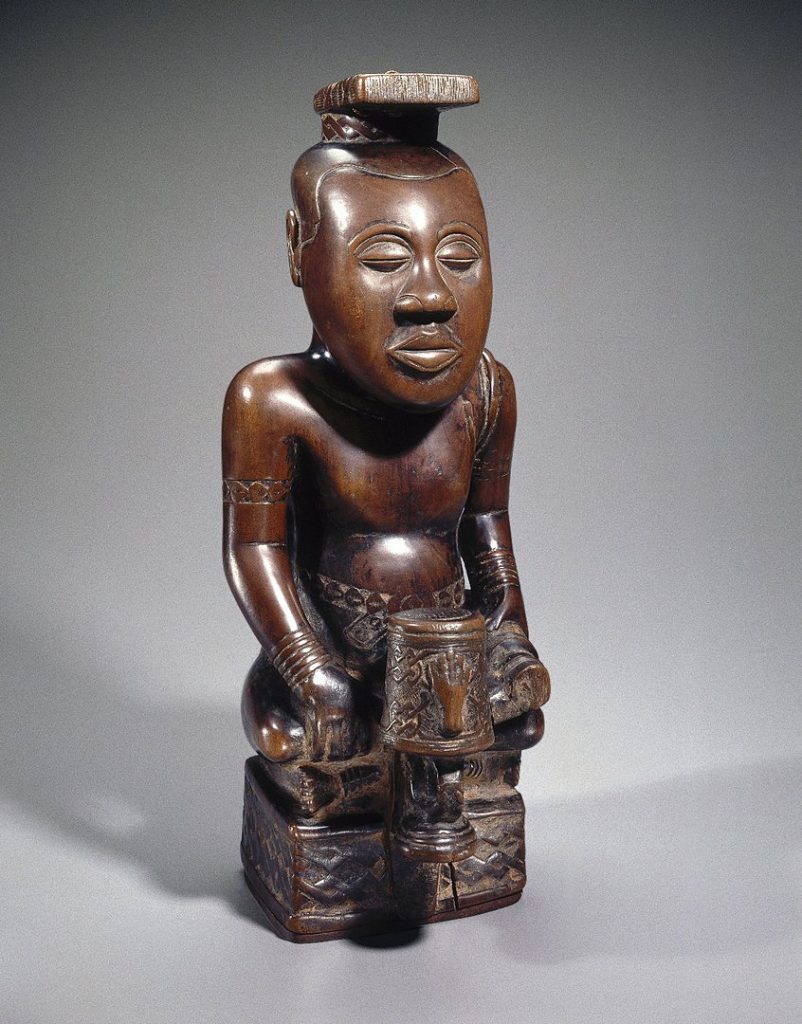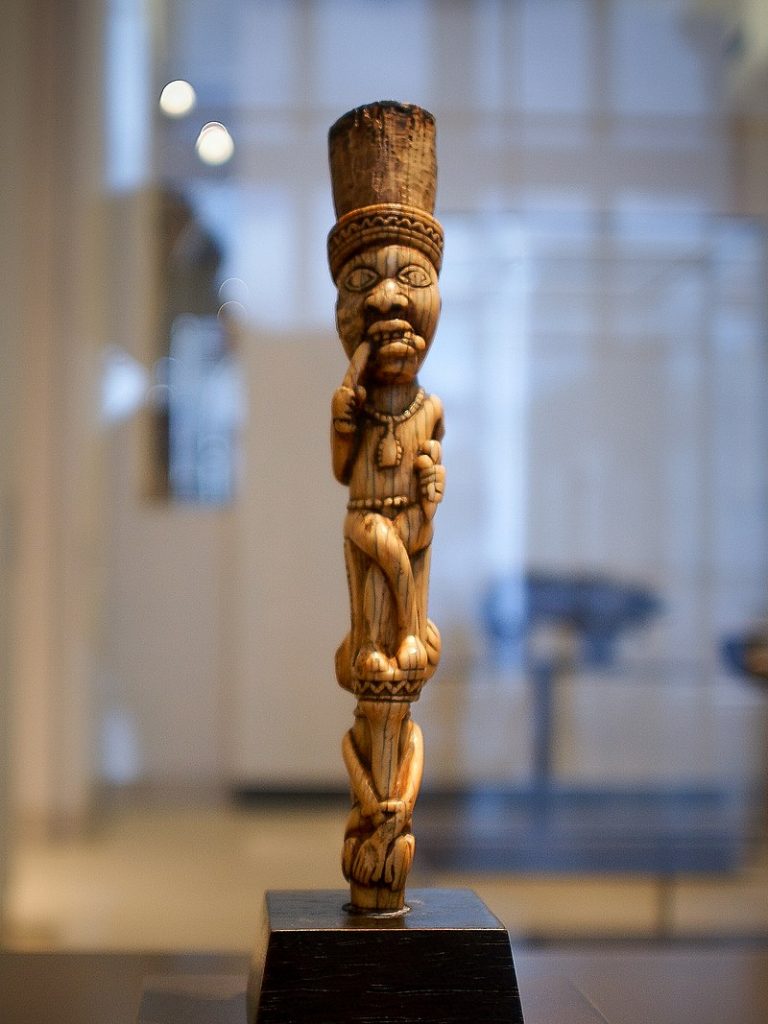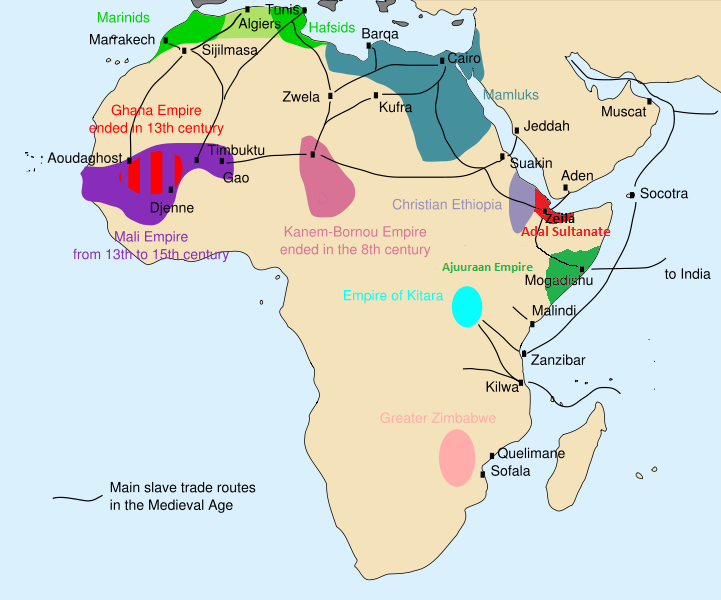Central African Kingdoms
There were many huge Kingdoms and Empires in Central Africa. So many, that it seems a little unfair to talk about them all here.
We will talk about two Kingdoms although there are many more. You can read about the Kongo on the coast and the Kuba further inland.
Kongo
Kongo was a very important Kingdom that was located in modern-day Angola and a small part of modern-day Democratic Republic of Congo and Gabon.
We know quite a lot more about the Kingdom of Kongothan we do about the Kuba Empire. This is because there were lots of oral histories that were written down by visitors at an early date.
According to legend, the first King of Kongo was Lua Mini, or Nimi a Lukeni. He conquered the Kingdom of MweneKabunga on a big mountain in the south.
This was where this King put his capital, Mongo dia Kongo, or Mountain of Kongo.
UnderNimi a Lukeni’s brother, Mbokani Mavinga in 1467, Kongo grew enormous, stretching from the River Kwango and the River Congo to the Atlantic Ocean.
They took over the Kingdom of Loango and other areas in the current Republic of Congo.
At its peak, Kongo’s population was around half a million people.
Kongo was on the coast, which meant they received lots of visitors from Europe. Some of these visitors came as early as 1483. These were the Portuguese who arrived on great ships from Portugal.
Kongo Kings kept their power for centuries in this rich empire. In 1914, Kongo became a Portuguese colony.
This was during the time of a “scramble for Africa”, where the countries of Europe, like Germany, France, Britain and Portugal, were all fighting to take control the countries of Africa.
Kongo and trans-Atlantic Slave Trade
There is a famous book called the Cantino Atlas from 1502 that talks about Kongo as a source of slaves for the island of Sao Tome.
The Portuguese came to trade in slaves as part of the Trans-Atlantic Slave Trade.
They bought goods from Europe to Africa, like cloth and guns. African slave traders took captured slaves from all over Central Africa to the coast to sell to Europeans.
Slaves had existed in the Kingdom of Kongo before the arrival of Europeans but they had never been taken out of the continent of Africa on this scale before.
These people were crammed into slave ships and taken to the Americas. This happened all over the coast of west Africa for nearly four hundred years.
Lots of countries in Africa, Europe and the Americas were involved. Aside from the slaves themselves, many people got very rich by making these people work in horrible conditions for free in the Americas.
Kuba
The KubaEmpire was a central African empire right in the middle of the Democratic Republic of Congo.
We know a little bit less about them than some of the other empires of Africa because they did not directly trade with outsiders until the twentieth-century.
They were trading, however. They sent their goods to the coast to be traded.
Their finally woven cloths caught the eye of Europeans in the sixteenth century and were in high demand for years to come.
These fine cloths, fully of jazzy patterns, were traded across central Africa along with slaves, ivory and other goods. Some of the cloths made it out to the coast, which is how Europeans bought them.
After hearing about such fine and rich Kingdoms, and grand kings called Nyimi who had lots of power, Europeans wanted to explore further into Africa.
Eventually, just as the Portuguese took control of Kongo Empire, the Belgians took control of the Kuba and the rest of the Democratic Republic of Congo.
They named it the Belgian Congo and ruled over it, quite unfairly, until the 1960s.
The Europeans had invented the steam ship which meant they could ride gigantic tides and currents of the huge river Congo and its tributaries.
These big rivers were difficult to navigate without a steam ship. These large currents were something that had previously stopped them meeting these powerful kings in the middle of Africa.
Further inland, Europeans found the river Kasai, Kwango and Kwilu. They knew there was a famous Nyimi, or King.
The first visitor came in 1884 but he did not get too far. After this, the Nyimis decided to close the capital until 1908.
This is quite different to the many visitors received in the Empires and Kingdoms of the Sahara, or on the east or west coast of Africa.
One of the first visitors was an African American missionary, William Sheppard, who had come to spread Christianity in 1908.
He found a young Nyimi there, NyimiKwete, who was willing to talk with Europeans and show them how great his Kingdom had been for the past 400 years.
He proved their greatness and riches by selling them objects and letting his royal historians tell them stories about their glorious past.
The glorious past, told by NyimiKwete
Historians of the Kuba empire had memorised at least four hundred years of Kuba history. A man called Emil Torday, who arrived just after William Sheppard, spent a long time writing all these down.
He also collected lots of objects that meant that people could see this history with their own eyes. He took a lot of it to the British Museum in London.
One of the most famous objects was a statue of the King that historians at the time thought was over 400 years old. This beautiful wooden statue was called anNdop.
The Ndop showed the new Kings what the other Kings looked like in the past and also taught the new Kings what made these past Kings so great.
The Ndop are now in museums in England, Belgium, Democratic Republic of Congo and there is also one in North America.
They were a way of remembering and keeping alive the history of the KubaNyimi, or Kings. The most famous King was called Shamba the Great.
Shamba the Great
The story goes that the Kuba migrated from the north, travelling all the way down the Sankuru River and grew and grew along the way, before settling in their royal capital.
In the sixteenth-century, according to oral histories, there was a King called Shamba the Great. Shamba the Great was a peaceful man who unified lots of the peoples like the Pende and the Lele under the rule of the Kuba.
The Kuba were made of lots of sub-groups, too, like the Bushoong, Ngeende, Kel, Pyaang and Shoowa (there are too many to mention here).
Shamba was remembered for encouraging fine artists to makebeautiful cloths, musical instruments and sculptures made from ivory and wood.
Shamba’s statue, or Ndop, shows him dressed in lots of cowrie shells. Cowrie shells were used as money and were a sign of wealth in the Kuba Empire.
These Kings were extremely rich and traded in cloth, ivory and slaves.
Kuba religion was based on ancestor worship, which means remembering those who have come before them. In Kuba legends, the man who started the universe was called Bumba. He said that the ruling class would always be Bushoong. Woto was the first mythical King, who was supposed to have started the Empire.
Even though the empire does not control the country anymore, there are still Kuba princes and royal families to this day.
Quiz
When did the Portuguese arrive in the Kongo Empire?
What was sold in the trans-Atlantic Slave Trade?
What did the Kuba people weave?
What was anndop?
What did the ndop do?

